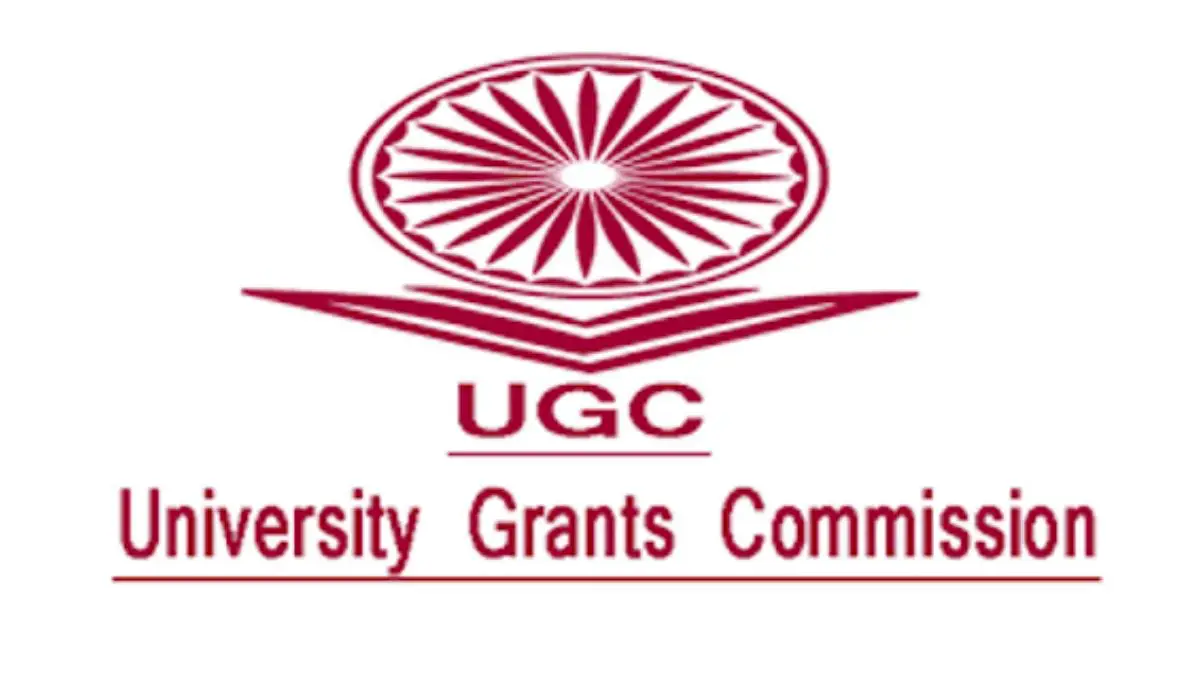The UGC’s discontinuation of the CARE journal list paves the way for a dynamic, principle-based approach to academic publishing. The commission has released 8 categories of suggestive parameters and Guidelines for Selecting Peer-Reviewed journals to help researchers and institutions. Below is a summary of these guidelines:
UGC’s New Guidelines for Selecting Peer-Reviewed Journals – A Breakdown
1. Journal Preliminary Criteria
Ensure the journal has a clear title, valid ISSN, regular publication schedule, and transparent policies (e.g., open access fees, and archival practices). Websites must be professionally managed and integrated with repositories like ONOS.
Check Your Journal Indexed in Scopus or Not -> Search Now
2. Editorial Board Standards
The editorial board should comprise experts with subject-matter expertise. Look for journals with rigorous peer-review processes and clear timelines.
3. Editorial Policy Clarity
Check if the journal’s aims, scope, and subject areas align with your research. Transparency in article processing charges (APC) and acceptance rates is critical.
4. Content Quality
Articles must contribute meaningfully to the field and adhere to the journal’s stated objectives.
5. Technical and Ethical Standards
Evaluate bibliographic accuracy, design quality, online availability, and multilingual support (important for India’s diverse academic landscape). Ethical guidelines must address plagiarism, AI-generated content, and conflict of interest disclosures.
6. Visibility and Impact
Prioritize journals indexed in reputed databases (e.g., Scopus, Web of Science) and those with reasonable citation metrics. Avoid outlets with inflated self-citation rates.
How Can HEIs Implement These Parameters?
- Customize Guidelines: Adapt parameters to suit institutional disciplines.
- Form Review Committees: Internal committees can periodically refine criteria to uphold quality.
Why This Matters
These parameters empower researchers to make informed choices, reducing reliance on predatory journals while promoting interdisciplinary and regional research.
Key Takeaways:
- UGC’s 8-category framework empowers researchers with actionable parameters for journal selection, prioritizing ethics, transparency, and impact.
- Guidelines emphasize editorial rigor (qualified boards, peer-review timelines) and content quality (academic relevance, citation standards).
- HEIs gain the flexibility to adapt criteria to niche disciplines, fostering innovation and regional inclusivity in publishing.
- Journals must demonstrate ethical integrity (plagiarism checks, AI policies) and visibility (indexing in reputed databases).
- Institutional committees encourage Stakeholders to refine parameters, ensuring alignment with evolving academic goals.
Conclusion:
The UGC’s forward-thinking guidelines redefine academic publishing by shifting from compliance to critical evaluation. By equipping researchers and institutions with a robust, adaptable framework, the initiative drives quality assurance, combats predatory practices, and positions India’s research ecosystem for global recognition. This strategic roadmap underscores the importance of ethical rigor and interdisciplinary relevance, paving the way for transformative scholarly contributions.
Source: UGC
Check Your Journal Indexed in Scopus or Not -> Search Now

